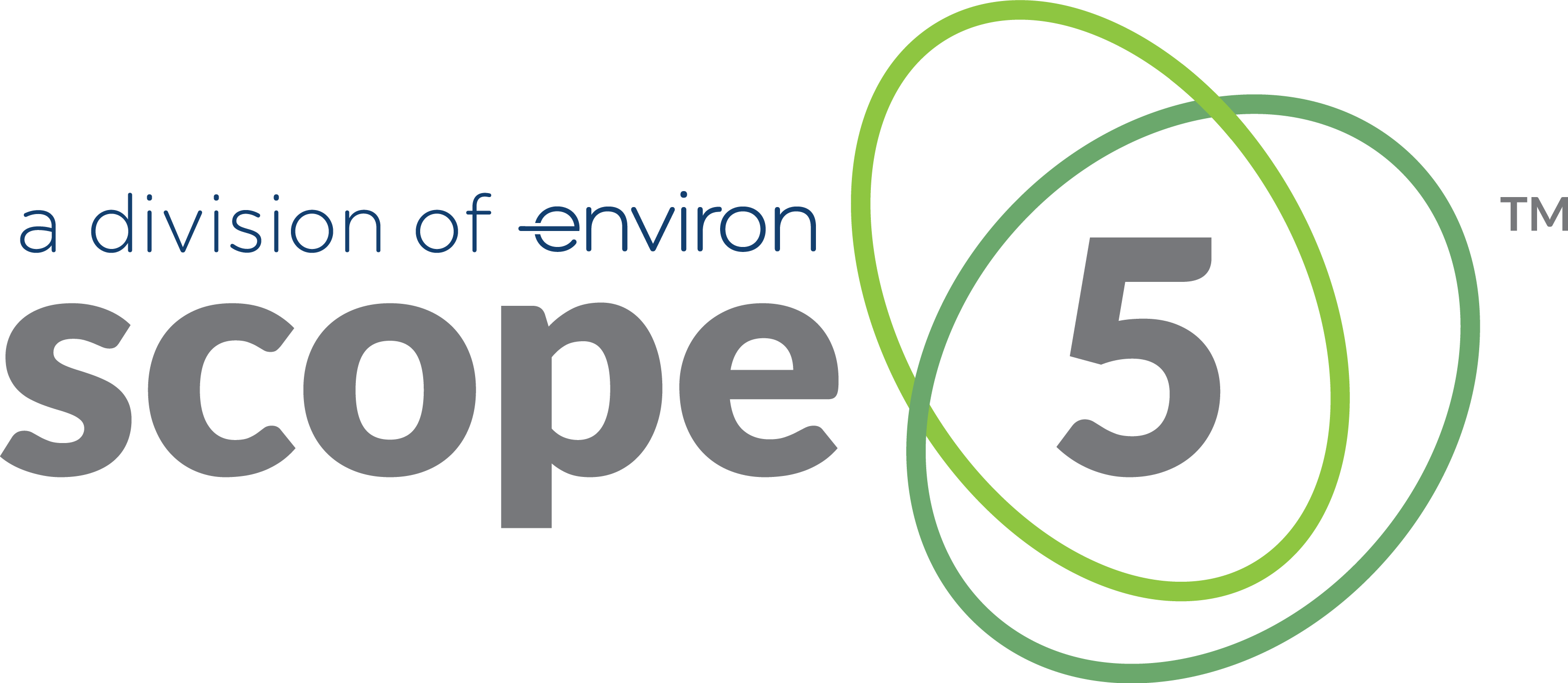What if your company needs a sustainability solution, but it already has an EHS system, or may need one, with a sustainability “bolt-on?” Scope 5’s Chris Preston discusses this question in the context of Boston College’s Center for Corporate Citizenship report, Sustainability Technology Vendors 2016: An Overview.
Tip: Tread carefully. Parse through the rhetoric to understand what you are really getting vs. what you need.
This holiday I powered through several sustainability publications that caught my eye over the year but didn’t get a chance to read.
One such report was published by Boston College’s Center for Corporate Citizenship. The title was Sustainability Technology Vendors 2016: An Overview.
Several takeaways are noteworthy, especially in the context of a recent customer call that highlighted big and growing fissures affecting sustainability tools.
The rise of sustainability reporting software
First, some context. The number of software tools—big and small, single-purpose and multi-purpose—has grown significantly over the last five years. Such tool proliferation is logical considering pressure from stakeholders on companies to monitor and report a variety of environmental sustainability metrics.
In response, technology providers have developed specialized software for helping companies reduce the burden of collecting, standardizing, and reporting environmental data. Benefits are obvious: successfully managing a company’s environmental footprint can help reduce costs, improve image, and identify potential risks to operations.
Cloud-based solutions are increasingly the de facto standard. One of the first to recognize this shift is Scope 5.
“Big software” sunset
Although not immediately evident in the report is the gap between cloud-based solutions like Scope 5 and “big software” like Enviance.
So-called “big software” are typically on-premises systems geared towards environment, health, and safety (EHS) scenarios. These and others such as SAP are vulnerable to large “hidden” costs like systems integration and IT support. This swells budgets, robbing resources better spent on initiatives that generate impactful outcomes.
If your company is considering a sustainability reporting solution, especially if greenhouse gas (GHG) inventories are important, and even if you already have a large EHS system with a sustainability “bolt-on,” you should deploy a cloud-based alternative like Scope 5.
Why use a cloud-based sustainability reporting solution
Because buying, deploying, configuring, and maintaining that “bolt-on” costs a lot more than buying, deploying, configuring, and maintaining a sustainability software solution like Scope 5.
For example, coaxing the EHS “bolt-on” into producing a GHG inventory is tedious, error-prone work that requires IT specialists to invest significant effort.
If that wasn’t reason enough, data and analysis are often not readily available to those who have the sustainability know-how. They must go to their IT staff for every question and each report. This makes the EHS “bolt-on” less useful for a broader set of strategically valuable needs like tracking progress, revealing waste, and driving action.
What sustainability software solution is right for you?
If your company needs a sustainability solution, then software like Scope 5 makes sense.
If your company needs both a compliance and sustainability solution, then beware of the “big software” system purporting to have a sustainability “bolt-on.” We have seen many companies muddle through generating an emissions inventory using “big software:” the sustainability “bolt-on” was little more than a blank spreadsheet. Hours upon hours get spent loading emissions factors and formulae. Yuck.
And once “big software” spits out emissions numbers, any usefulness ends there. Loads of additional configuration is necessary, depending on what you want to do. Double yuck.
In this scenario too, using a sustainability software solution like Scope 5 is the right choice because it incorporates libraries of greenhouse gas emissions factors and domain knowledge like utility and energy data. This makes generating ad hoc emissions inventories easy. Once an inventory has been generated these solutions ensure both data and analysis are accessible to those who need it.
When you and your team demand data accuracy and reuse, as well as broad accessibility with quick turnaround, cloud-based solutions like Scope 5, are the way to go.
